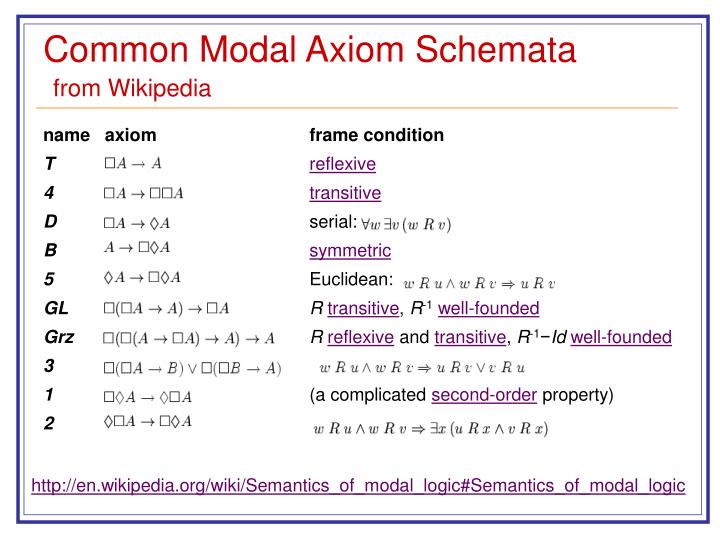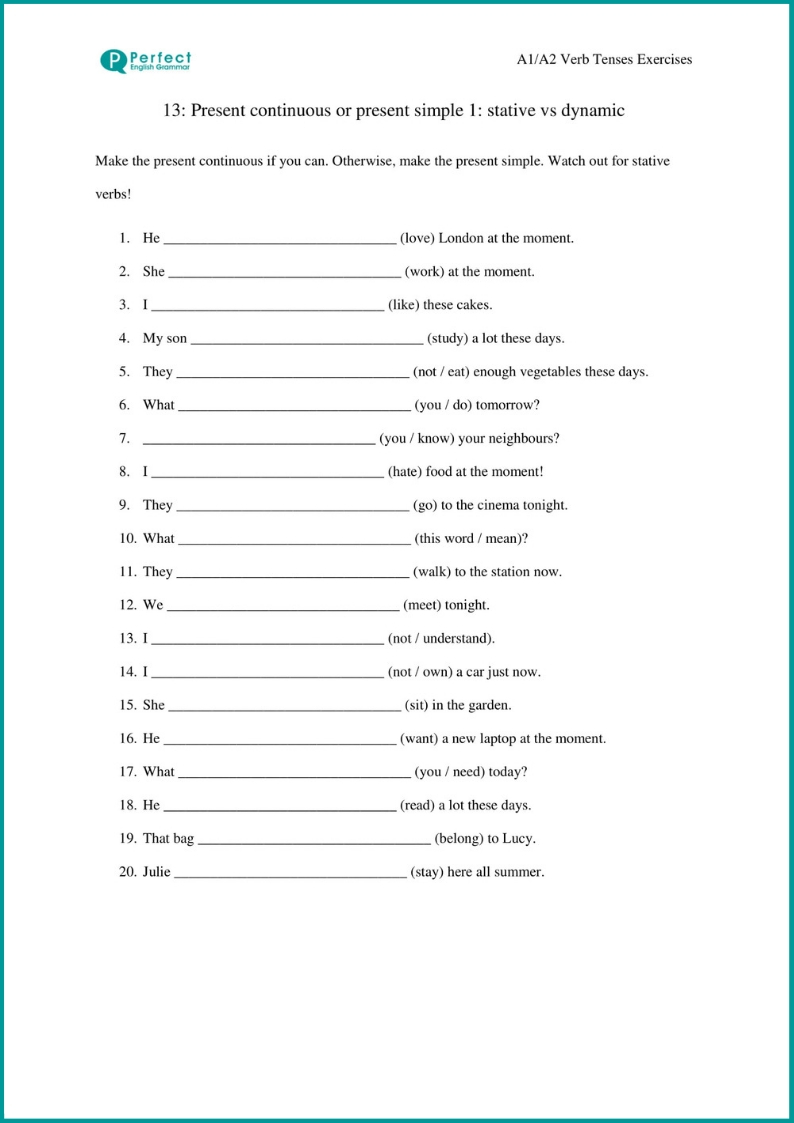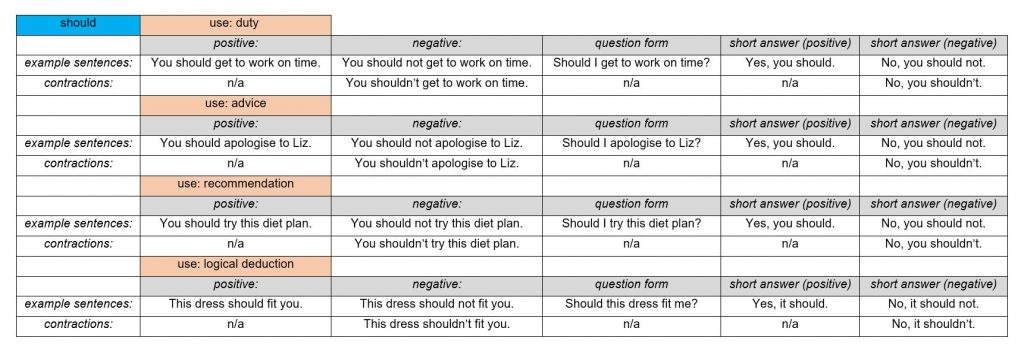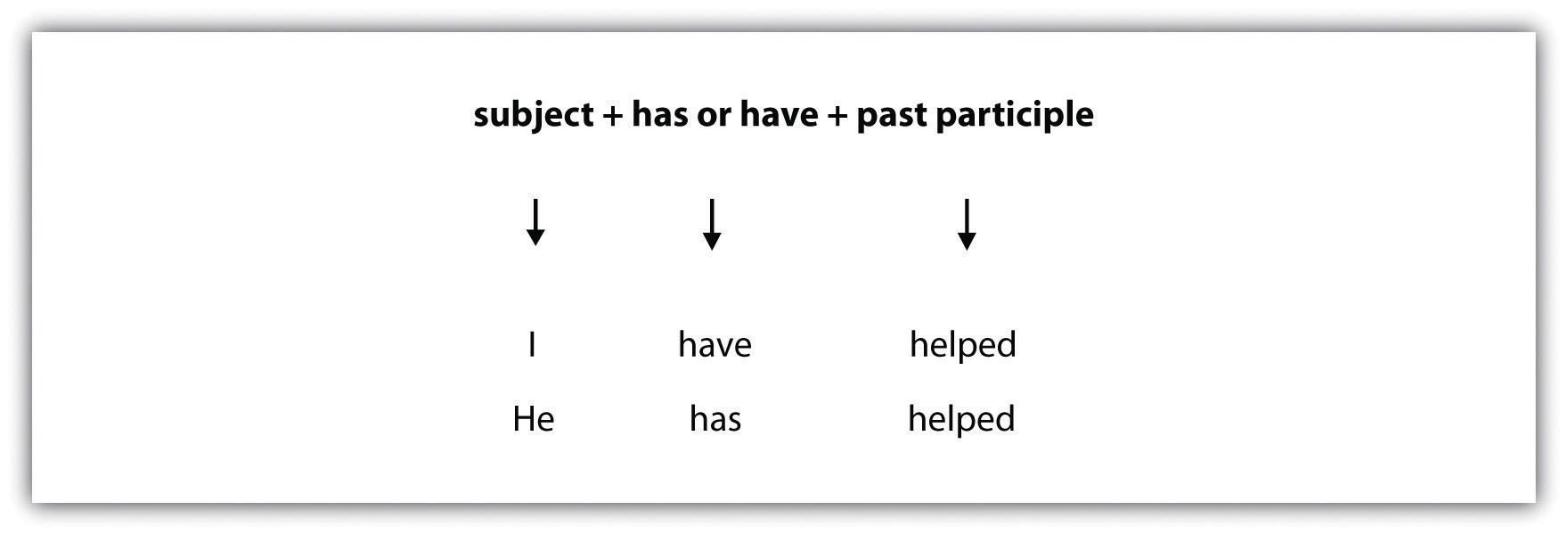Have to and have got to break all of the rules that pure modal auxiliary verbs follow. They consist of more than one word, they use infinitive forms of the main verbs, the auxiliary verb do is used for negatives and questions , and they conjugate for the third-person singular. Despite all of these differences, these semi-modal auxiliary verbs have several modal meanings. Modal auxiliary verbs, also commonly referred to as modal verbs or modals, are used to shift the meaning of the main verb in a clause. These shifts include expressing possibility, ability, permission, obligation, or future intention.
Students can find these confusing because one modal auxiliary verb can have multiple meanings depending on the context. They are also known as modal auxiliaries or modal auxiliary verbs. They are different from normal verbs like eat, drink, visit, laugh, jump, dance, follow, etc.
They give additional information about the function of the main verb that comes after it. These are verbs that express different kinds of things. When you use them, they express certainty, ability, willingness, necessity, permission, obligation, and possibility. Since they behave differently from regular verbs, they are a little confusing.
The semi-modal auxiliary verb ought to ends in to, which makes the main verb an infinitive. This differs from pure-modal auxiliary verbs, which use the bare infinitive, the infinitive without to, for the main verb. The meaning of ought to is nearly the same as should in all cases. When forming questions or negatives, should is more commonly used than ought to.
Modals are auxiliary verbs i.e., helping verbs which express the modality of a statement or a main verb. Modality could be anything starting from the request, likelihood, permission, ability, capacity, suggestions, orders, obligations to advice. So, basically, the Modal verbs are used along with the main verb in order to give additional information regarding its nature. For instance, consider the statement given below. Must + base verb is a little more formal and is often used in written English (e.g., this modal would appear on a sign listing out rules). While the contraction mustn't is possible, it isn't commonly used nowadays and has a stuffy feel to it.
Whatever you call them (modals, modal verbs, auxiliaries, auxiliary verbs, etc.), modals are one of the most difficult grammar points for students to grasp. We have many categories of modals in English such as possibility, ability, advice, and necessity, and within each category, we have many modals to choose from. The first group encompasses 'can', 'could', 'may', 'might', 'shall', 'should', 'will', 'would' and 'must'. The verbs can, could, may, might, will, would, shall , should, must and ought are called 'modal auxiliary verbs'. They are used before the infinitives of other verbs, and add certain kinds of meaning connected with certainty or with obligation and freedom to act […]. Need […] and dare […] can sometimes be used like modal auxiliary verbs, and the expression had better […] is also used like a modal auxiliary.
In this month's Teacher's Corner, we present four activities that focus on the form, meaning, and use of modals in everyday English. The activity offered in Week 1 uses common classroom instructions to help learners differentiate between modals expressing necessity and those expressing possibility. Week 2 gives learners a chance to recognize equivalent simple and phrasal modals. In Week 3 an activity explains how to teach a common speech act.
We end the month with a common icebreaker activity adapted to emphasize modals. Modals are part of a verb phrase; they give more information about the main verb by qualifying it in some way. Modals also have an effect on the grammar of the verb phrase; after a modal, the infinitive form is used. Some modals can be used with different time references, present, past or future; others are restricted to one or two time frames.
Some modals can be used in negative expressions, others cannot, and sometimes when used in a negative expression the usage changes. The chart below summarizes the time frames that are possible with the modals and their most common usages. Have to + base verb is a little more informal and is often used in spoken English and informal writing.
Note that this is one modal expression that does have subject–verb agreement. Third person singular pronouns, singular count nouns, and non-count nouns will all use has to + base verb. Point out to students that the contractions 've to and 's to are neverpossible.
Ought to is a modal expression that sounds a bit stuffy these days. I always tell my students that though they may occasionally see it in textbooks or in writing, they should avoid using ought to + base verb themselves because it's pretty old‑fashioned. Some people would argue that ought to is a bit stronger of a suggestion than should, but I'd argue that the difference isn't important, especially since it's not commonly used nowadays.
The vast majority of my students in 10 years of teaching English have been Spanish speaking, mainly from Spain. Here are 3 common errors with regard to modal verbs. Modal verbs are verbs that most of the time are used to adapt the meaning of the verb that follows.
The explanations below can also apply to students whose first language is not Spanish. Swan considers 'ought' to be a type of "modal auxiliary verb". He also holds the notion that 'need', 'dare', and 'had better' can be used as "modal auxiliary verbs" without distinguishing them from the ones listed in the beginning of the excerpt. This is perhaps due to the fact that Swan's Practical English Usage offers practical presentations of grammar topics. Corpus Linguistics has become a major trend in Applied Linguistics since the second half of the 20th century due to computing facilities.
Nowadays teachers can research and assess their students' production by means of compiling learner corpora. This article describes how this technique was used to investigate the usage of modals in the writing of advanced EFL learners studying at private language schools in Brazil. When the research corpus is compared to the academic prose register studied by Biber et al. , the divergence becomes apparent. The findings, thus, suggest that subjects write in a non-proficient way, which runs counter to previous expectations. Semi-modal auxiliary verbs like ought to, had better, have to, be able to, used to, and be supposed to can have modal meanings, but they don't follow the same rules as pure modal auxiliary verbs. Modals (can, will, should, etc.), also known as modal auxiliaries, are difficult to learn because they seem to function like a verb but don't follow the same rules.
What Are Modals In English With Examples For example, modals act more like the auxiliary verb do/does when do/does precedes a verb; however, modals are different from do/does in that they do not change for tense or the subject's number. We will examine the forms, meaning, and use of modals in more depth. The English modal verbs are a subset of the English auxiliary verbs used mostly to express modality (properties such as possibility, obligation, etc.).
They can be distinguished from other verbs by their defectiveness and by their neutralization (that they do not take the ending -s in the third-person singular). Today we will talk about how to use modal verbs properly. Many English learners make mistakes about the use of these special helping verbs.
We will also study how to avoid these common mistakes. I know that the word modal verb doesn't sound too exciting. But when you see what they are, you'd understand that we use these verbs all the time. Have got to + base verb is a very old expression in English that is still commonly used nowadays.
It is even more informal than have to and is commonly used in spoken English and informal writing. Note that this is another modal expression that has subject–verb agreement. Third person singular pronouns, singular count nouns, and non‑count nouns will all use has got to + base verb. These verbs are all modal verbs, which means that they are generally used in combination with other verbs, and are used to change the verb's meaning to something different from simple fact. Modals express possibility, ability, prediction, permission, and necessity. In these three statements, "dare", "can" and "may" are the modals.
If you look closer at them you will understand what we mean by the statement that modals express modality. In the first statement, the Modal "dare" shows that it's an order. In the second statement, "can" signifies the ability of the subject "I" and in the third one, the word "may" highlights some possibility.
So, the Modals used in these sentences give us some additional information about the main verb, noun or subject of the statement. In this week's Teacher's Corner, students work together to rewrite sentences that use either simple or phrasal modals. This activity is a great way to draw attention to modals, to their different forms, and to how those different forms can create slight differences in meanings. Modal Auxiliary Use Modal Auxiliary + Main Verb can Expresses an ability or possibility I can lift this forty-pound box. Could Expresses an ability in the past; a present possibility; a past or future permission I could beat you at chess when we were kids. May Expresses uncertain future action; permission; ask a yes-no question I may attend the concert.
(yes-no questions) might Expresses uncertain future action I might attend the concert (uncertain future action—same as may) shall Expresses intended future action I shall go to the opera. Should Expresses obligation; ask if an obligation exists I should mail my RSVP. Will Expresses intended future action; ask a favor; ask for information I will get an A in this class. Would States a preference; request a choice politely; explain an action; introduce habitual past actions I would like the steak, please. I would go with you if I didn't have to babysit tonight. He would write to me every week when we were dating.
Must Expresses obligation We must be on time for class. Ought to Expresses obligation I ought to mail my RSVP. In academic writing, modal verbs are most frequently used to indicate logical possibility and least frequently used to indicate permission. Eight modal verbs are listed under each of the functions they can perform in academic writing, and are ordered from strongest to weakest for each function. Notice that the same modal can have different strengths when it's used for different functions (e.g., may or can). The negated forms are will not (often contracted to won't) and would not (often contracted to wouldn't).
For contracted forms of will and would themselves, see § Contractions and reduced pronunciation above. Note that the preterite forms are not necessarily used to refer to past time, and in some cases, they are near-synonyms to the present forms. Note that most of these so-called preterite forms are most often used in the subjunctive mood in the present tense. The auxiliary verbs may and let are also used often in the subjunctive mood. Famous examples of these are "May The Force be with you." and "Let God bless you with good." These are both sentences that express some uncertainty; hence they are subjunctive sentences. An extension to this activity could have students writing their own sentences using simple or phrasal modals as they choose.
Auxiliary use - You can only use modal verbs as auxiliary verbs, in order to modify the meaning of the main verb. In English grammar, a modal is a verb that combines with another verb to indicate mood or tense. A modal, also known as a modal auxiliary or modal verb, expresses necessity, uncertainty, possibility, or permission. The verbs dare and need can be used both as modals and as ordinary conjugated (non-modal) verbs. As non-modal verbs they can take a to-infinitive as their complement (I dared to answer her; He needs to clean that), although dare may also take a bare infinitive (He didn't dare go).
In their uses as modals they govern a bare infinitive, and are usually restricted to questions and negative sentences. As this study is concerned with the usage of modals in compositions by Brazilian advanced EFL learners, it was necessary to compile a corpus representing such production. They could, nonetheless, make use of dictionaries and/or grammar books if they were allowed to do so by the rules of each language school. Had better is a two-word semi-modal auxiliary verb that has the same characteristics as pure modal auxiliary verbs. Let's take a look at ought to, had better, have to, be able to, used to, and be supposed to.
We'll explain some of the reasons why these are not always categorized as modal auxiliary verbs. You'll also see some examples demonstrating their modality. To make an interrogative sentence , the modal auxiliary verb is inverted with the subject. No other auxiliary verbs are added to make questions.
Many sources and student textbooks do not differentiate between pure modal auxiliary verbs and semi-modal auxiliary verbs, and others separate them completely. This week we are going to show you how to give advice using modal verbs. Modal verbs are auxiliary verbs that express a speaker's attitude and the strength of that attitude. Ought is used with meanings similar to those of should expressing expectation or requirement. The principal grammatical difference is that ought is used with the to-infinitive rather than the bare infinitive, hence we should go is equivalent to we ought to go.
Because of this difference of syntax, ought is sometimes excluded from the class of modal verbs, or is classed as a semi-modal. When it comes to learning modal verbs in the past, many students struggle with mastering the structures. But even though learning how to use modal verbs in the past can be a challenge, it will level up your skills in English, and give you more freedom of expression. Point out that base verbs never have any endings (no -s, -ed, -ing, etc.), so students don't have to worry about subject–verb agreement.
Make sure you stress to students that they should never use to after a modal (unless it's a part of the modal expression). Modal verbs are a fundamental part of English because they express obligations, abilities, probabilities, suggestions and much more. So learning how to use modal verbs can really improve your level of fluency.
Let's have a look to see what modal verbs have in common and the many ways they can be used. "Ought" is probably the simplest of this set of modal verbs. It's almost always followed by "to" and the infinitive form of a verb. It means the same thing as "should," and is used in the same ways, although "ought" is less common and a bit more formal. A few examples of "ought" are "We ought to be home by noon," which means "I expect that we will be home by noon," and "I ought to fix that," which means "I should fix that."




























No comments:
Post a Comment
Note: Only a member of this blog may post a comment.